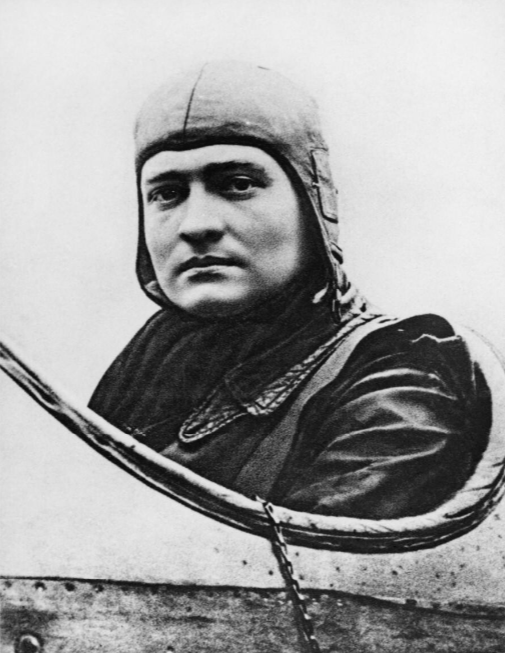
21 April 1918: Rittmeister Manfred Albrecht Freiher von Richthofen, “The Red Baron,” was killed in combat at Morlancourt Ridge, near Vaux-sur-Somme, France. He was just 25 years old.
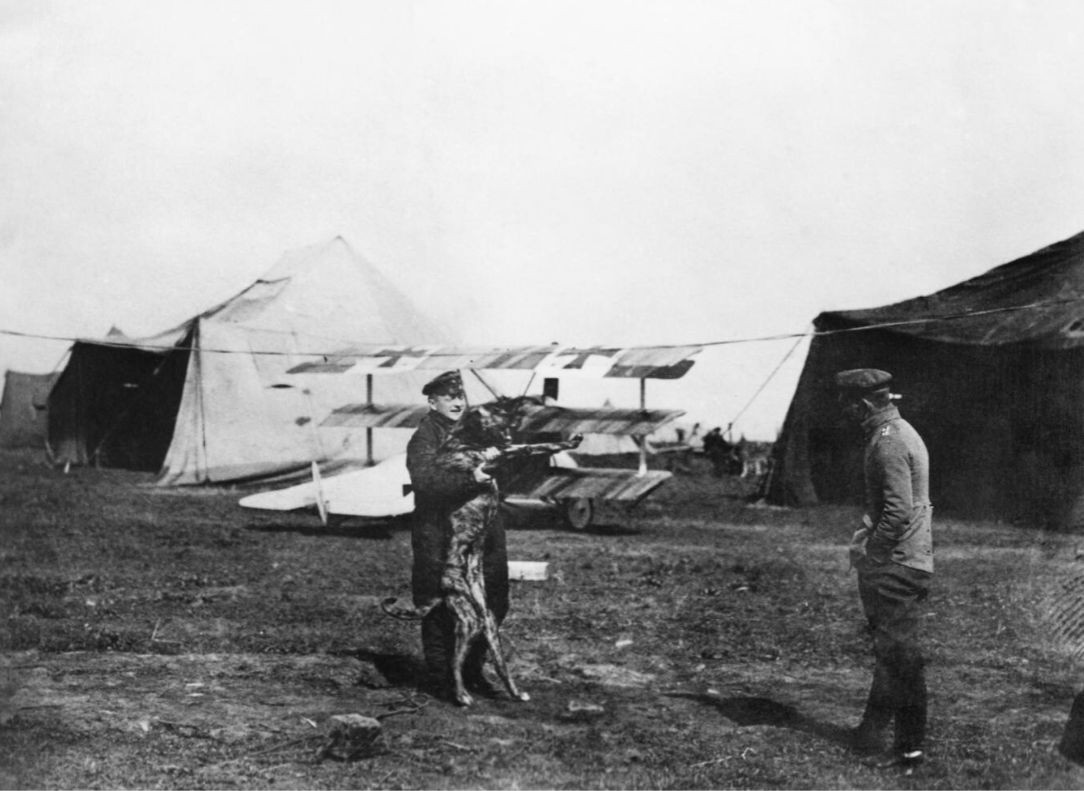
A cavalry officer turned airplane pilot, Baron von Richthofen is considered to be the leading fighter ace of World War I, officially credited with 80 aerial victories. In January 1917, he had his airplane, an Albatross D.III, painted bright red. It was in this airplane that he scored most of his victories, and earned his nickname.
Flying his Fokker Dr.I Dreidecker (tri-plane), serial number 425/17, von Richthofen was in pursuit of a Sopwith Camel F.1, D3326, flown by Lieutenant Wilfred Reid May, No. 209 Squadron, Royal Air Force, when he was attacked by a second Sopwith Camel BR, number B 7270, piloted by Captain Arthur Roy Brown, D.S.C., May’s commanding officer.
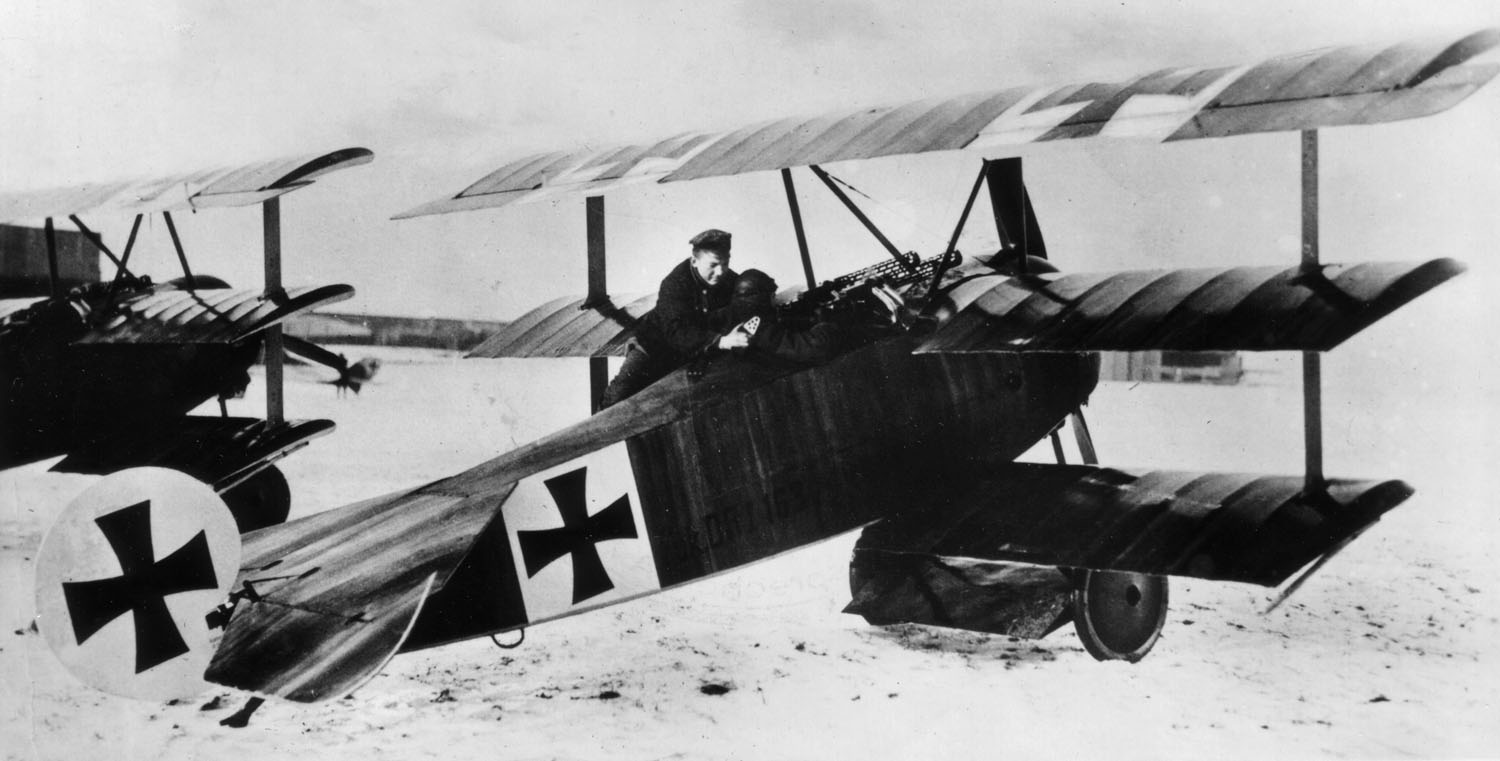
During the battle, the Red Baron was wounded in the chest and crash-landed near Vaux-sur-Somme, France. He was still alive when he was reached by Australian infantry, but died almost immediately. He was buried with full military honors by No. 3 Squadron, Australian Flying Corps.
Captain Brown later wrote:
“. . . the sight of Richthofen as I walked closer gave me a start. He appeared so small to me, so delicate. He looked so friendly. Blond, silk-soft hair, like that of a child, fell from the broad high forehead. His face, particularly peaceful, had an expression of gentleness and goodness, of refinement. Suddenly I felt miserable, desperately unhappy, as if I had committed an injustice. With a feeling of shame, a kind of anger against myself moved in my thoughts, that I had forced him to lay there. And in my heart I cursed the force that is devoted to death. I gnashed my teeth, I cursed the war. If I could I would gladly have brought him back to life, but that is somewhat different than shooting a gun. I could no longer look him in the face. I went away. I did not feel like a victor. There was a lump in my throat. If he had been my dearest friend, I could not have felt greater sorrow.”
—Captain Arthur Roy Brown, D.S.C. and Bar, Royal Air Force
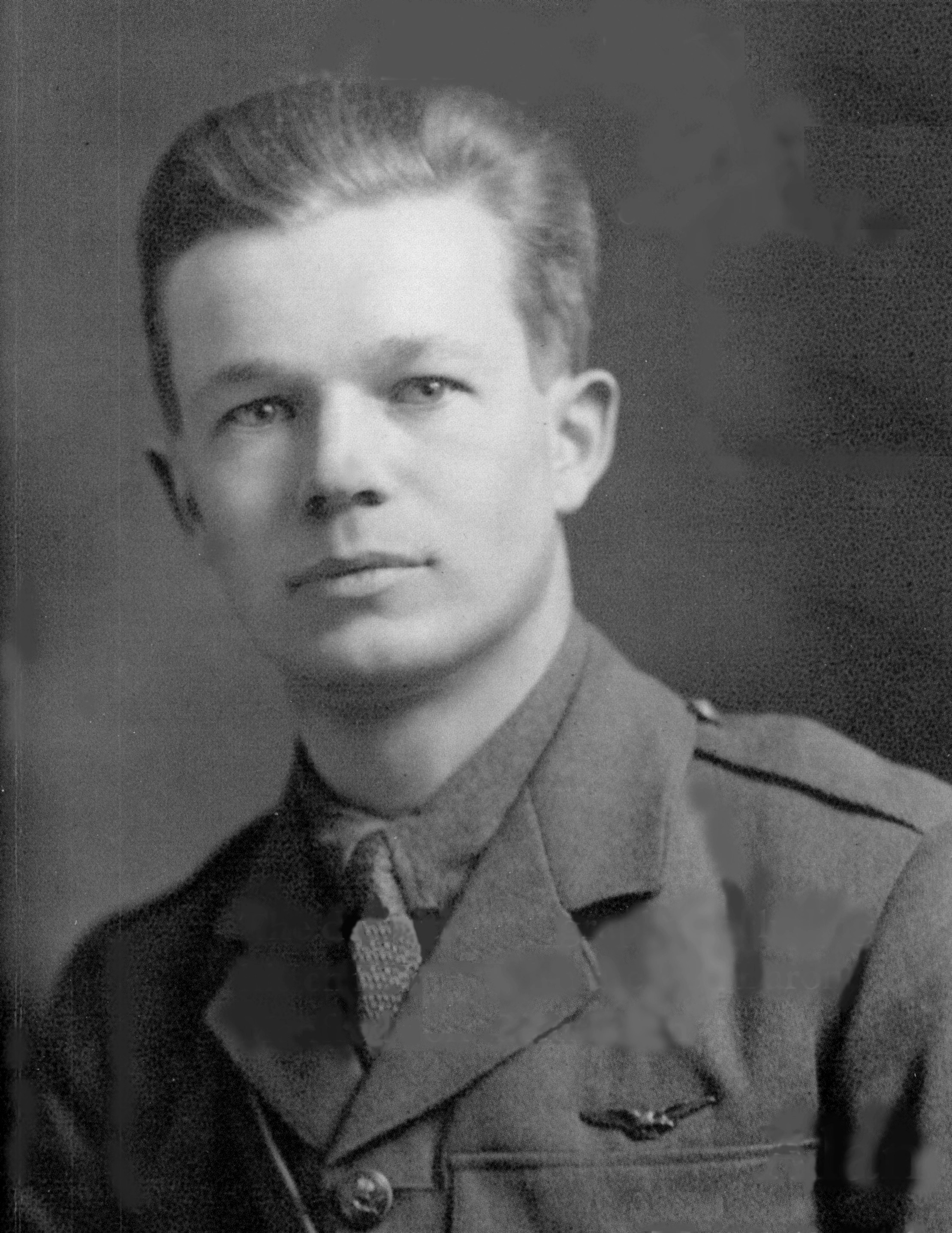
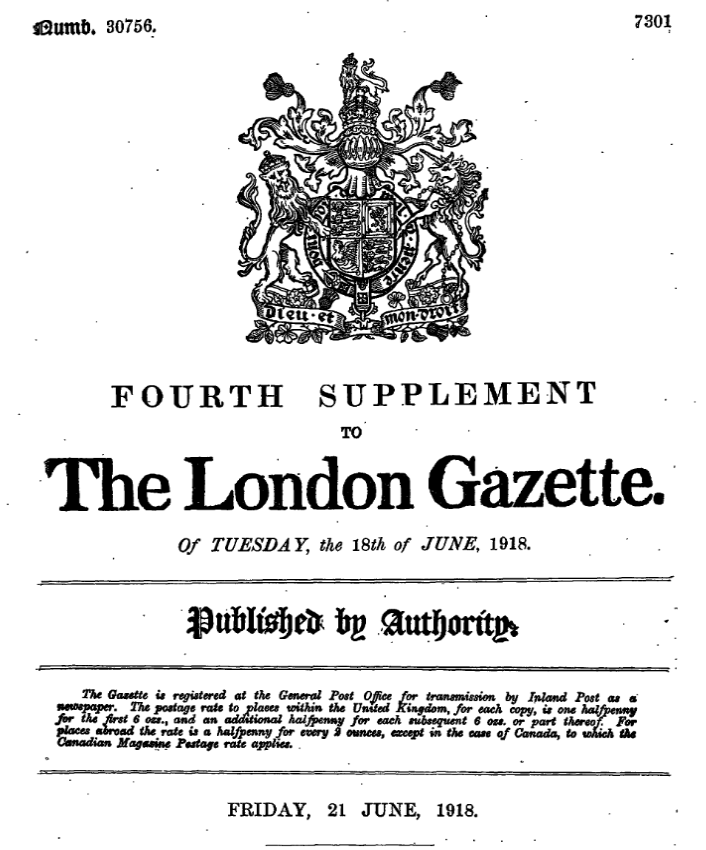
To receive a Bar to the Distinguished Service Cross.
Lieut. (Hon. Capt.) Arthur Roy Brown, D.S.C., R.A.F.
For conspicuous gallantry and devotion to duty. On 21st April, 1918, while leading a patrol of 6 scouts he attacked a formation of 20 hostile scouts. He personally engaged two Fokker triplanes, which he drove off; then seeing that one of our machines was being attacked and apparently hard pressed, he dived on the hostile scout, firing the while. The scout, a Fokker triplane, nose dived and crashed into the ground. Since the award of the Distinguished Service Cross he has destroyed several other enemy aircraft and has shown great dash and enterprise in attacking enemy troops from low altitudes despite heavy anti-aircraft fire.
— Fourth Supplement to The London Gazette of Tuesday, the 18th of June, 1918, Numb. 30756, at Page 7304, Column 2
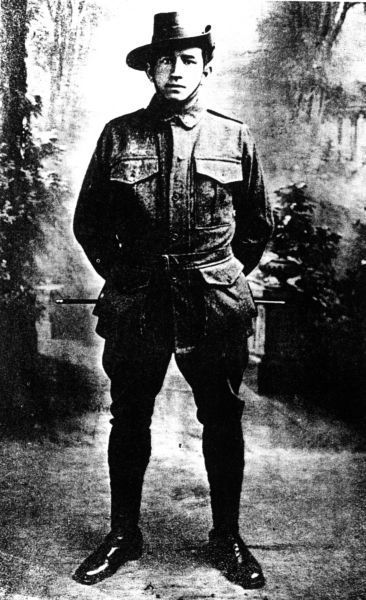
Captain Brown was credited by the Royal Air Force with the shoot-down and was awarded a Bar to his Distinguished Service Cross (a second D.S.C.).
There has been speculation that the Baron’s wound was actually caused by a .303-caliber (7.7×56mmR) rifle or machine gun bullet fired from the ground, rather than from Brown’s Sopwith Camel.
Many researchers have come to the conclusion that Sergeant Cedric Bassett Popkin, 24th Australian Machine Gun Company, 4th Division, Australian Imperial Force, fired the burst of gunfire that struck the Baron. Other machine gunners and riflemen also fired at von Richthofen’s Fokker tri-plane.
Lieutenant Donald L. Fraser, Brigade Intelligence Officer, 11th Australian Infantry Brigade, A.I.F., witnessed the incident and was one of the first to reach Rittmeister von Richthofen. In his official report he wrote:
“. . . I congratulated Sergeant Popkin on his successful shoot, but afterwards found out that two A.A. Lewis Guns belonging to the 53rd. Battery A.F.A. had also fired at this plane when it was directly over my head, but the noise of the engine prevented my hearing the shooting.
“The 53rd. Battery Lewis Gunners probably assisted in sealing the fate of this airman, as he apparently flew right into their line of fire. However, I am strongly of the opinion that he was first hit by Sergeant Popkin’s shooting as he was unsteady from the moment of the first burst of fire.”
Two postmortem examinations determined that the fatal bullet entered von Richthofen’s chest from low on the right side, struck his spine and exited to the left. Captain Brown had attacked from the left rear and above. The Red Baron broke away to the right. Because von Richthofen’s airplane could rotate in three axes, and the pilot could move and turn his body somewhat within the cockpit, it is unlikely that it would be possible to determine with certainty what direction the fatal bullet came from.

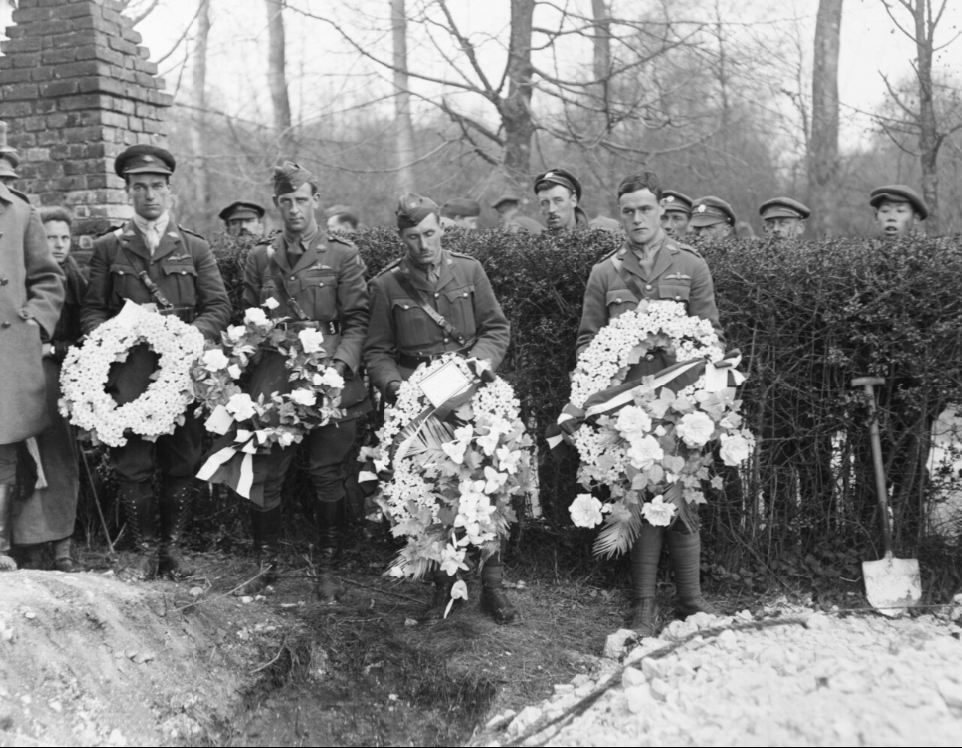
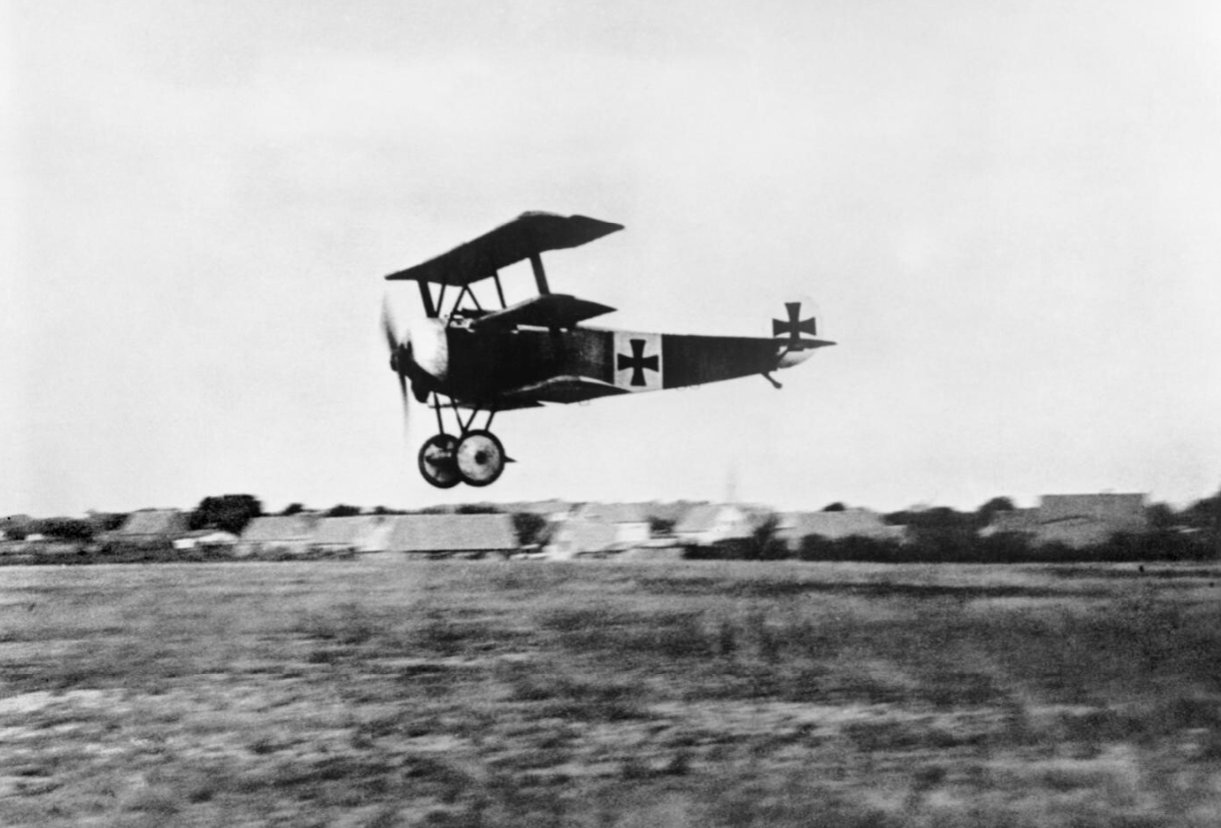
© 2018, Bryan R. Swopes